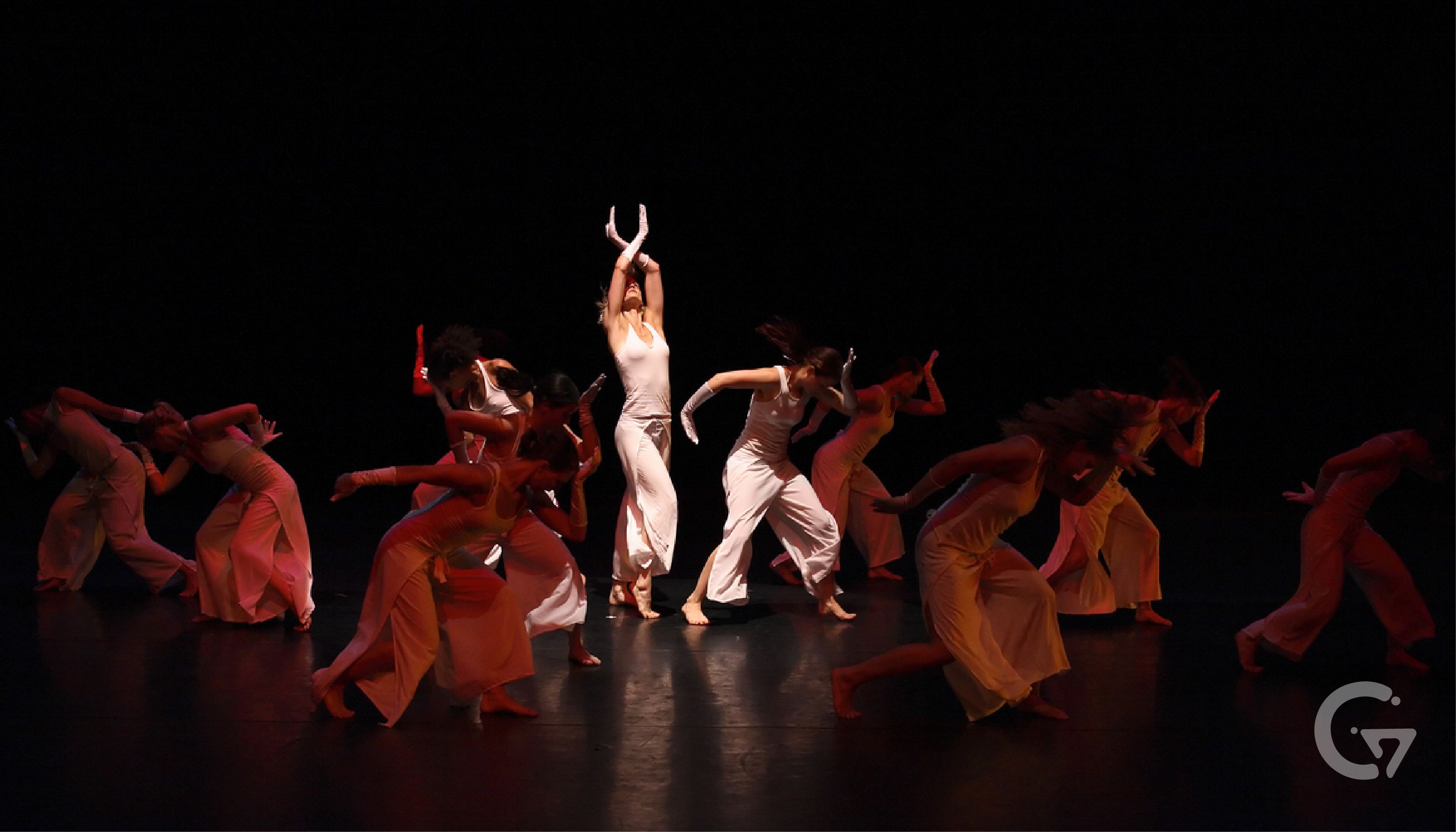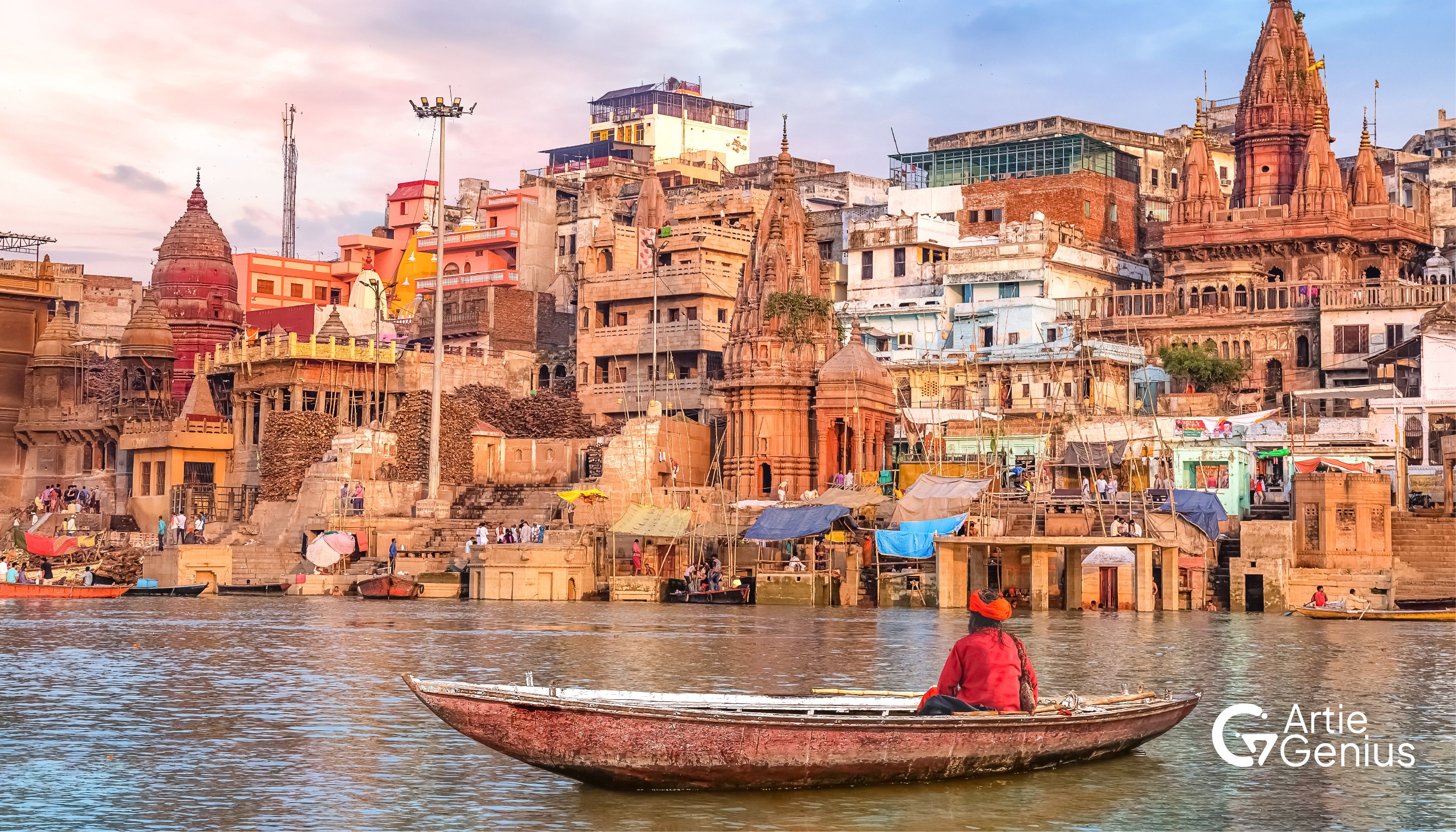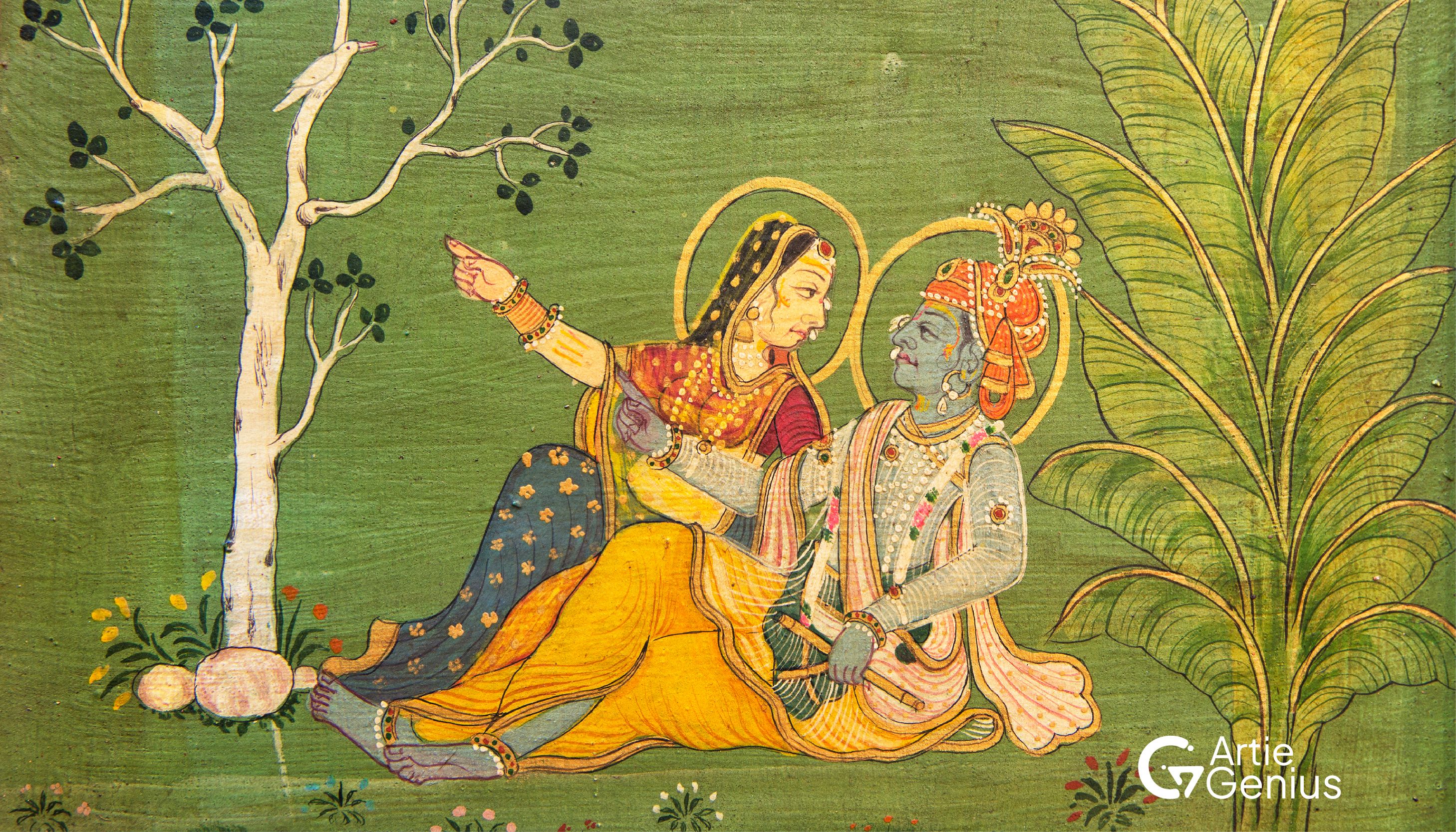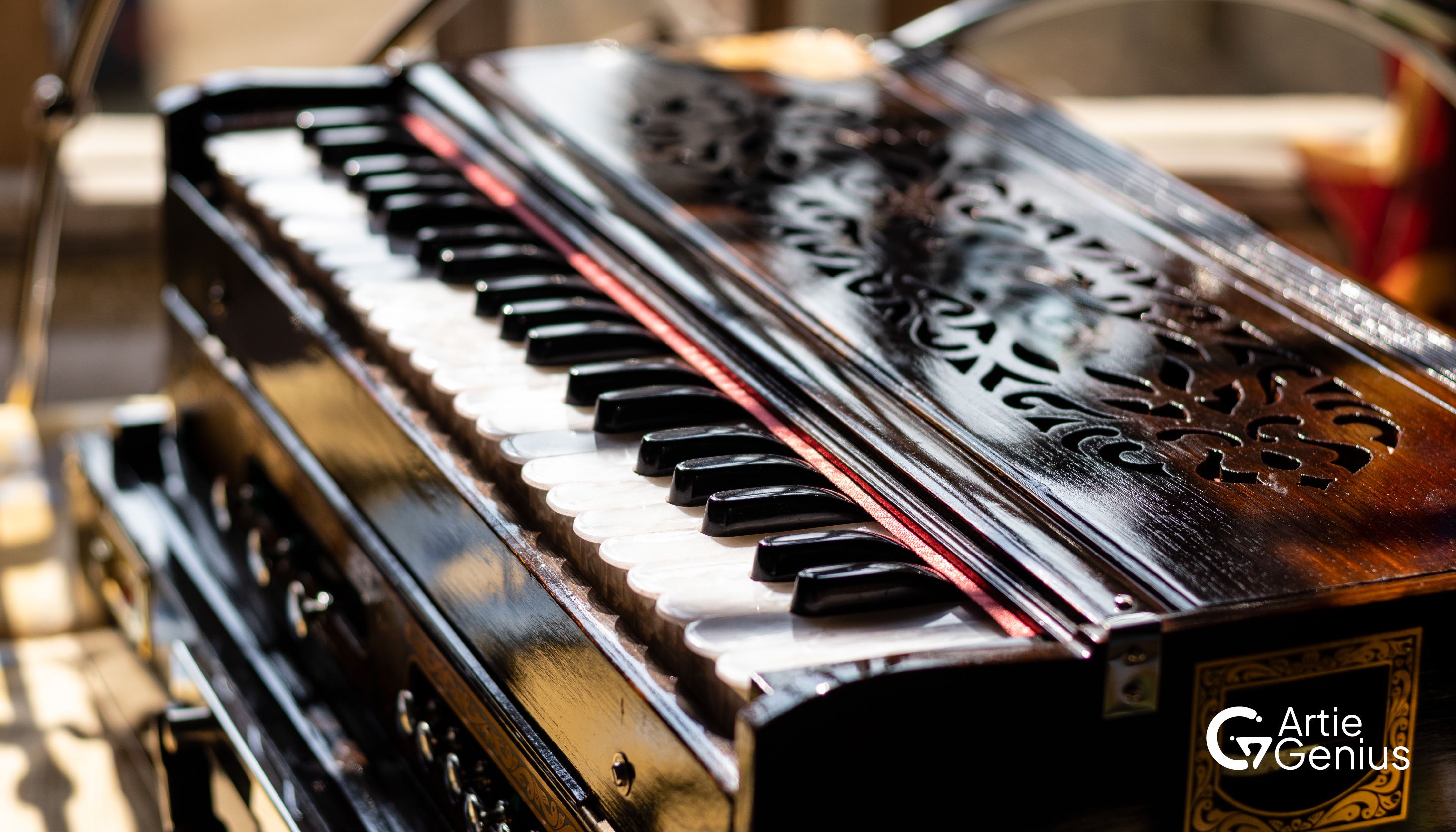Western Dance Forms have always been the life of any party or celebration. From the graceful moves of ballet to the rhythmic beats of hip-hop, Western dance forms offer a diverse and exciting array of styles that never fail to captivate audiences worldwide. In this blog, we'll take a delightful journey through 15 Western dance forms that are always in high demand, exploring their unique characteristics, origins, and why they continue to be beloved by dancers and spectators alike.
What Are Western Dance Forms?
Before we go through the different types of Western dance forms, let's quickly overview what we mean by Western Dance Forms. If we talk about Western dance, these are the dance styles that originated primarily in Western cultures, such as Europe and North America. There is a wide range of genres, from classical ballet to contemporary hip-hop, each with its distinct characteristics and history. In this article, you are going to learn about the top 15 Western dance forms which are famous worldwide.
Types of Western Dance Styles
1. Ballet - The Classic Elegance
Ballet - originating in the Italian Renaissance, has evolved into a globally influential dance form, enriched by diverse cultural influences. It combines choreography and music into captivating performances, with classical and modern variations showcasing elaborate costumes and minimalist staging, respectively.!
2. Jazz Dance - Groove to the Beat
If you've got rhythm in your bones and a love for improvisation, then jazz dance has got it all! It originated in the early 20th century in the United States, jazz dance is all about syncopated rhythms, sassy moves, and letting loose on the dance floor. It's like a dance party with Louis Armstrong as the DJ!
3. Tap Dance - Making Music with Your Feet
Most of us have heard of Tap Dance in our life and Tap Shows are all it needs it. Tap dance is all about creating rhythmic beats and toe-tapping tunes with nothing but your feet and a whole lot of attitude. Extending in African-American and Irish-American communities, tap dance celebrates sound, style, and sheer joy.
Tap dance began in the United States in the early 1800s when African and Irish American dance styles mixed. Back then, African slaves weren't allowed to use their traditional drums, so they started using their feet to make music, which became known as tap dancing. It was a way for them to express themselves and keep their cultural traditions alive.
4. Contemporary Dance - Breaking Boundaries
If you're looking for a dance that goes with the flow and expresses your emotions in the environment, then contemporary dance is the right choice for it. It is a mixture of modern dance, ballet, and even a little bit of acrobatics, contemporary dance is all about pushing boundaries, exploring emotions, and challenging gravity as it goes like air.
5. Hip Hop Dance - Street Style Swagger
Hip-hop dance is one of the best Western dance forms in which there are a bunch of cool moves you see people doing on the streets, all grooving to hip-hop music. It's part of hip-hop culture and was born in the 1970s. People from dance crews in the United States made it super popular, and it's influenced by lots of different dance styles.
From the block parties of the Bronx to the global stage, hip-hop dance has taken the world by storm with its urban flair and infectious energy. Whether you're popping, locking, or breaking, hip-hop dance is all about self-expression, creativity, and owning the dance floor like a boss.
6. Ballroom Dance - Strictly Come Dancing
Ballroom dance is a type of dance where partners move together in elegant patterns. People love it for social fun and competing, especially because it's entertaining to watch. You can also see ballroom dancing in shows, movies, and TV.
At its peak, ballroom dance includes almost any kind of dancing with a partner. But now, with dance competitions (called Dancesport), two main styles have become popular. So, when people talk about ballroom dance, they're usually talking about these recognized styles.
7. Modern Dance - Freedom of Expression
Modern Dance has only one rule and that is to throw out the rulebook and let your body do the talking with modern dance. They use all sorts of moves to express their thoughts and feelings without any strict rules. It's all about being free and using the space around them in unique ways.
8. Line Dancing - Country Cool
Grab your cowboy boots and get ready to kick up some dust with line dancing! Whether you're at a honky-tonk or a wedding reception, line dancing is a guaranteed good time with its easy-to-follow steps and infectious country tunes. Remember: it's all about having fun and making those boot-scootin''' boogies look effortless!
9. Salsa - Spice Up Your Life
Salsa is a fun Latin dance that goes perfectly with salsa music. It became really popular in the United States in the 1960s, especially in New York City. Salsa is like a mix of Cuban dances like mambo, pachanga, and rumba, with a dash of American dances like swing and tap thrown in! Salsa is a sensual and energetic dance style that's all about passion, connection, and shaking what your mama gave you. So grab a partner and get ready to salsa the night away!
10. Swing Dance - Lindy Hop to Happiness
Swing dance is like a time machine that transports you back to the swinging '40s and '50s, where big bands and jitterbugging ruled the dance halls. With its infectious rhythms and playful moves, swing dance is guaranteed to put a smile on your face and a skip in your step.
11. Country Western Dance - Yeehaw, Partner!
Country line dancing has its origins in the dance traditions of European settlers and the music of the western region. It's a fun part of Western dance forms. In this dance, everyone lines up and follows a set of steps together, moving in sync to the beat!
12. Irish Step Dance - Riverdance Revolution
So, in Irish step dancing, there are different types of dances like the reel, slip jig, hornpipe, and jig. These dances are also types of Irish traditional music. Now, when it comes to the shoes they wear, there are two main kinds: "hard shoe" dances and "soft shoe" dances. In hard shoe dances, the shoes make a loud tapping sound, while in soft shoe dances, the shoes are quieter and smoother. Both types of dances are super fun to watch and do!
13. Flamenco - Passion and Precision
Flamenco is a type of art performed in southern Spain and it is all about music and dancing. It comes from the Gitano people, who are part of the Romani ethnicity. But lots of other people from the region also love and perform flamenco. It's a mix of traditional and modern styles of music from southern Spain, and it's really special because it's connected to the history and culture of Andalusia.
14. Tango - A Partner Dance Form!
Get ready for a Bollywood extravaganza with this high-energy dance style that's all about glamour, drama, and larger-than-life performances. With its colourful costumes, catchy tunes, and intricate choreography, Bollywood dance is like a Bollywood movie coming to life!
15. A Waltz A waltz is a dance where two people move together in circles to music that's in triple time. It's not just a dance, but also the name of the music that goes with it. If you want to compete in ballroom dancing, you'll have to get really good at waltzing!
Conclusion
Western Dance Forms offer a vibrant tapestry of movement, rhythm, and expression that captivates audiences around the world and every dance form is unique on its own. From the elegance of ballet to the energy of hip-hop, each dance style brings its unique flavour to the stage. Whether you're twirling in a ballroom or breaking it down on the streets, Western Dance Forms unite us in the joy of movement and storytelling. So put on your dancing shoes and let the magic of Western Dance Forms sweep you off your feet!



